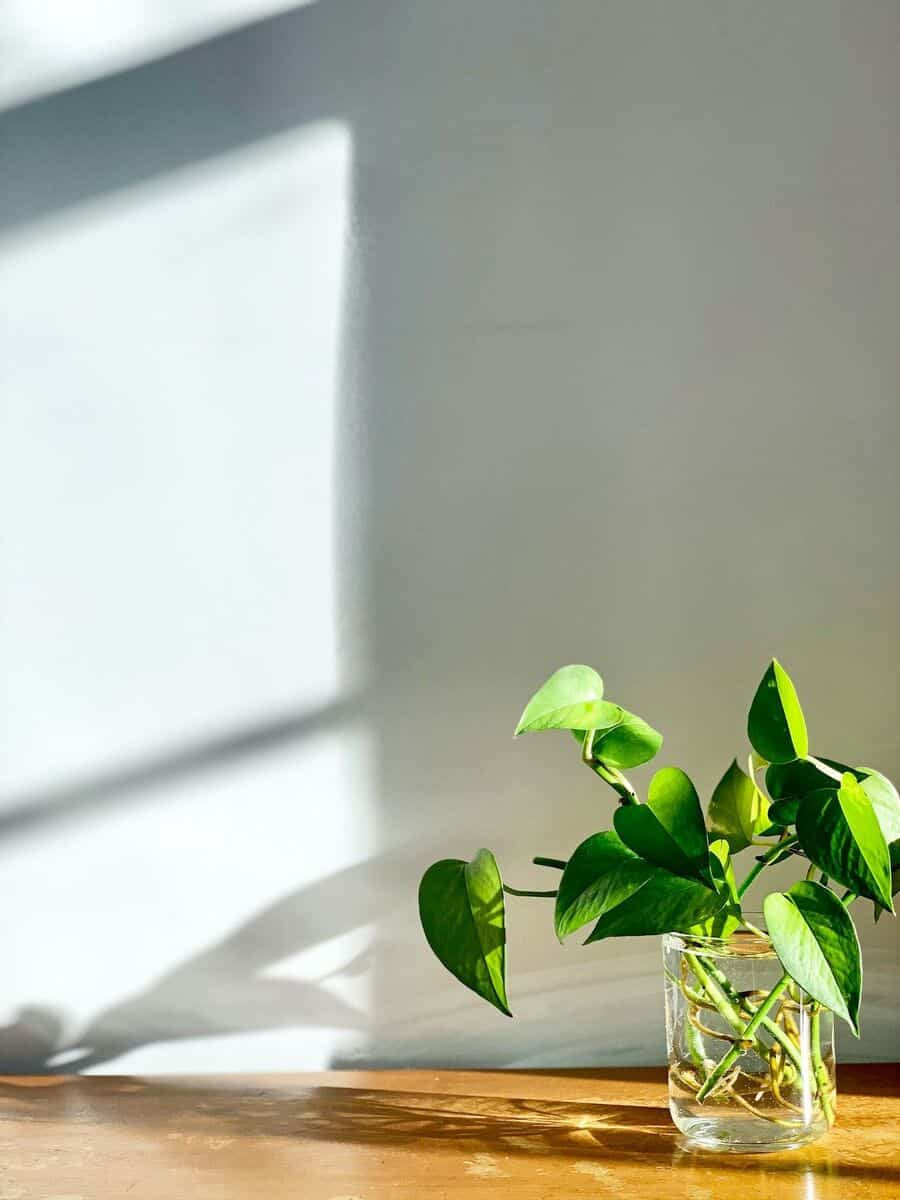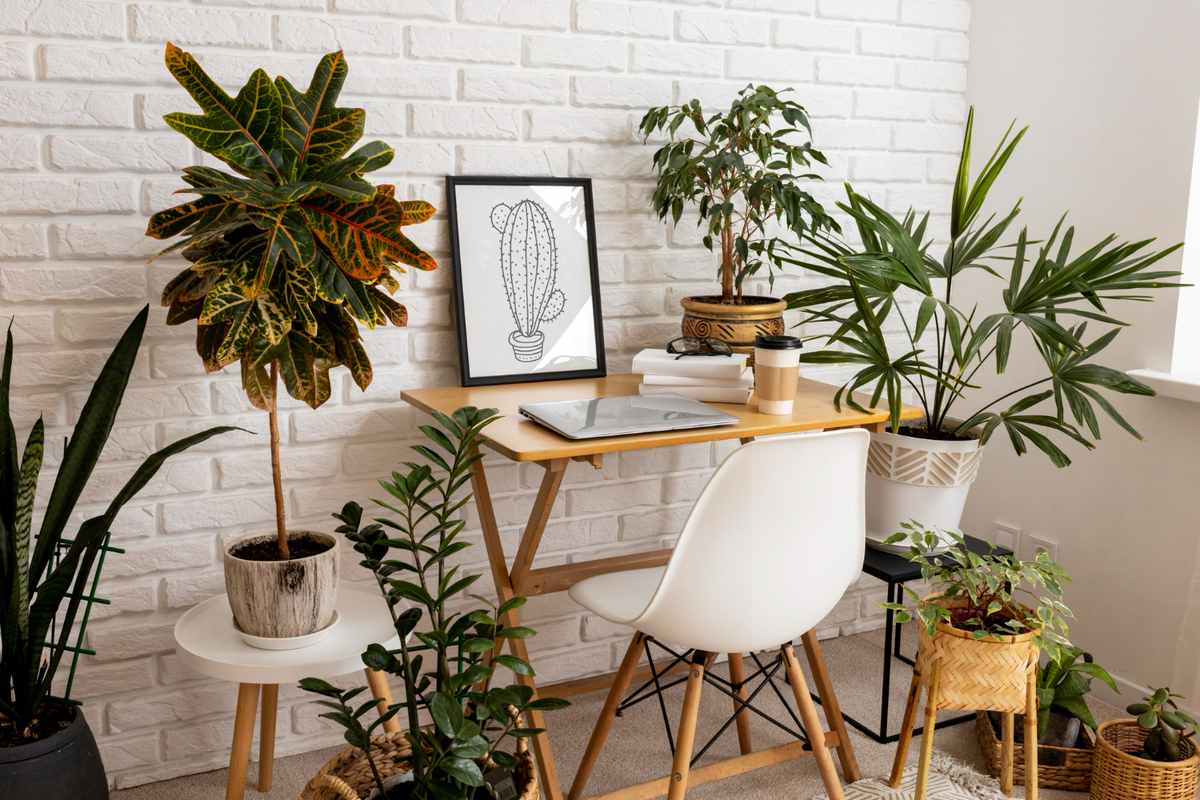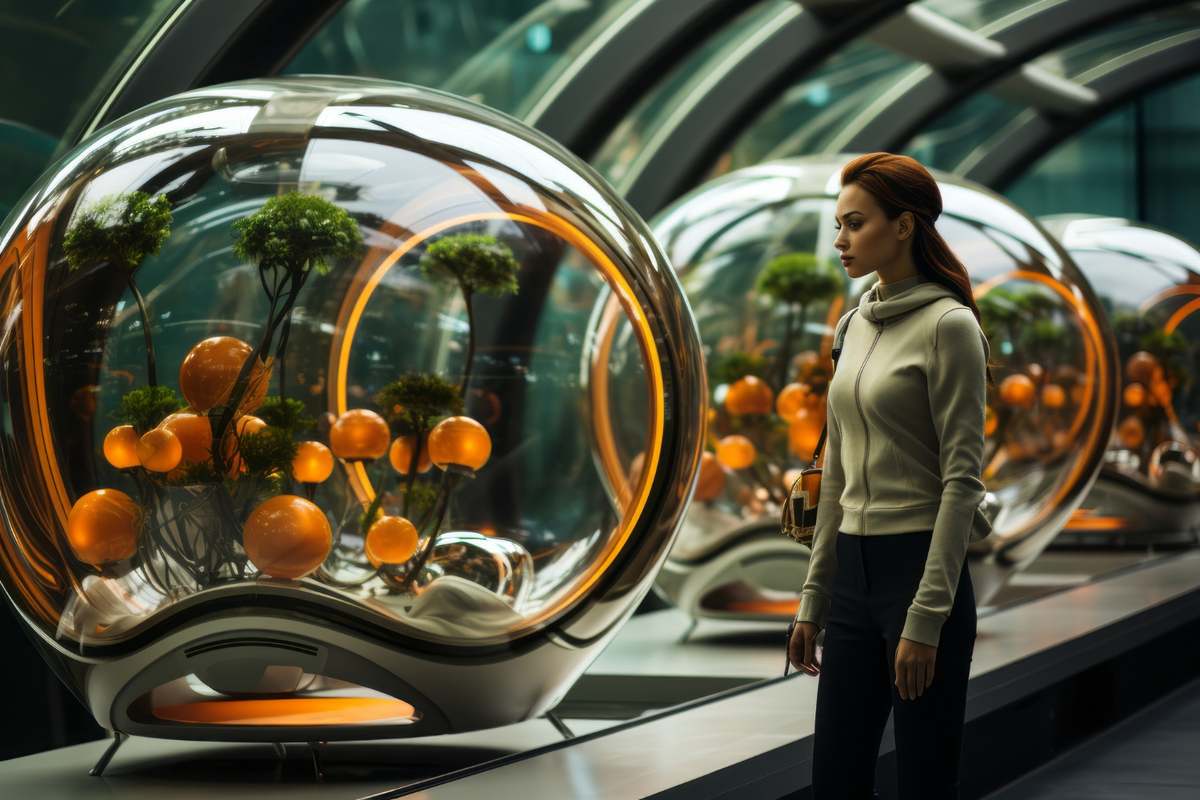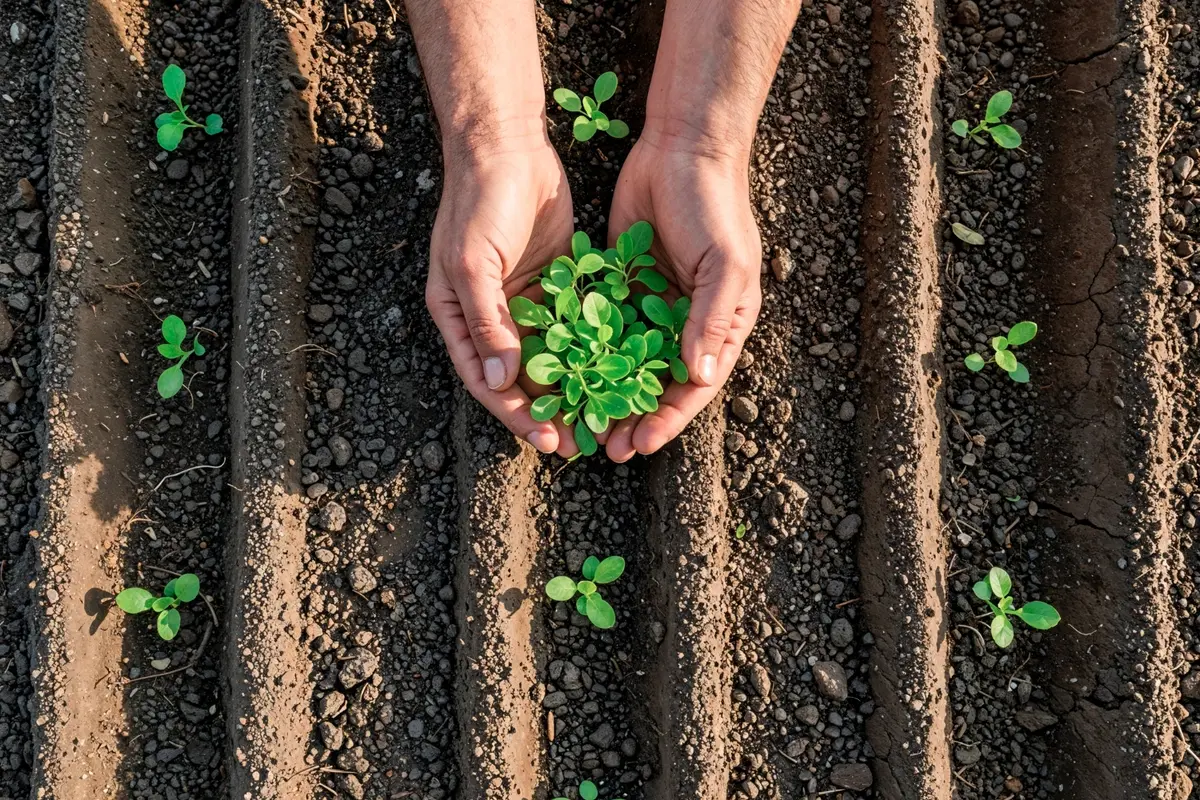Most people spend about 80-90% of their time indoors, whether working in the office, sleeping, or spending time at home. And nowadays, where we live in modern buildings which have many disadvantages, one of them is a lack of airflow inside the room, which causes indoor air pollution and causes health issues like asthma and many more. So, in this situation, indoor plants for oxygen supply can be one of the effective solutions.
In 1989, the National Aeronautics and Space Administration (NASA) discovered that some houseplants could absorb harmful toxins from the air inside the room, making it safe to breathe. It’s recommended to have 2-3 plants for every 100 square feet within a room.
Nowadays, indoor oxygen plants are becoming an interior design trend for multiple benefits as they purify the indoor air and make you feel connected to nature every time, without stepping outside. These plants require very little intensity of sunlight as well as very little management.
Table of Contents
Benefits of oxygen plants/ air purifying plants
- Absorb toxic carbon dioxide and emission of oxygen.
- Decrease the level of certain pollutants, such as benzene, xylene, ammonia, formaldehyde, and carbon monoxide.
- Reduce airborne dust levels inside the room.
- Always keep indoor air temperatures down.
- Reduce irritation to the eyes, ears, nose, and throat.
- Most importantly, lower your stress level.
Safety concerns about indoor oxygen plants
If you are looking to add some indoor oxygen plants to your place, then you must think whether there are any pets in your place or not. Because many of these plants are toxic to pets such as cats and dogs. So, before purchasing, make a proper inquiry about whether the selected plant is harmful to pets or not.
Top 10 indoor plants for oxygen

There are many air-purifying indoor plants available that absorb toxic indoor gases and provide oxygen. In this article, I am going to tell you the top 10 air-purifying indoor plants with names and their characteristics. You can choose between these plants, or you can go with your personal choice.
1. Aloe Vera

Aloe Vera is the most common and popular house plant all over the world. As an air-purifying plant, it absorbs benzene, formaldehyde, carbon dioxide, and carbon monoxide. Also, this plant is well known for its several health benefits. It is easy to grow and maintain at home. Indirect sunlight and moist soil are good for growth. Aloe Vera is toxic to animals and children.
2. Money Plant

Money plant is one of the popular anti-pollution indoor plants for oxygen, which removes chemicals and other pollutants like benzene, formaldehyde, xylene, and toluene from the air. Regular watering and indirect sunlight are perfect for growth. But regularly pruning is required because of rapid propagation. This plant is toxic to dogs, cats, and children.
3. Snake Plant

The snake plant, which is also known as Mother-in-Law’s Tongue, releases oxygen at night and helps to breathe better while sleeping. This plant filters out benzene, formaldehyde, trichloroethylene, xylene, and toluene from the air. This is one of the air-purifying plants that is recommended by NASA, too. It is an easy-to-grow plant that requires low light conditions and watering once a week. The snake plant is toxic to pets.
4. Peace Lily

This plant is also recommended by NASA for removing common household toxins like benzene and formaldehyde. With pretty white flowers, this plant looks amazing and enhances the indoor view of a room. This plant requires very minimal care; low sunlight with frequent watering is enough. Despite its beauty, it is toxic to cats, dogs, and children.
5. Spider Plant

One of the useful air-purifying indoor plants helps to remove xylene and formaldehyde present indoors. Easy to grow and requires minimal care. Watering once in 2-3 weeks with moderate sunlight is good for growth. The spider plant is one of the few indoor plants that are non-toxic to pets and children.
6. Chrysanthemum

Chrysanthemum is not only a beautiful flowering plant but also one of the most effective indoor plants that filter out toxins like ammonia and benzene. The flowers of this plant last about six weeks and help to purify the air. This plant requires proper sunlight for its growth, so always place the plant in a spot where it can get direct sunlight. This plant is toxic to cats and dogs.
7. Areca Palm

Areca Palm is tall and looks like a bamboo plant. It helps to remove chemicals such as formaldehyde, xylene, and toluene. Indirect sunlight is good for survival, and water is required when the soil starts to dry out. Regular pruning is required because this plant grows very quickly. Areca Palm is non-toxic to both cats and dogs.
8. Weeping Fig

Weeping Fig is a low-maintenance leafy indoor plant that helps to remove formaldehyde, xylene, and toluene-like toxins. It is a long-lasting house plant that requires bright indirect light and frequent watering. This plant is toxic to pets as well as humans.
9. Golden Pothos

Golden Pothos is one of the most effective air-purifying oxygen plants for the home, which filters out toxins like formaldehyde, xylene, carbon monoxide, and benzene. It requires very low maintenance and can survive in adverse conditions. NASA includes this plant as one of the best household plants for removing toxins. This plant is toxic to animals.
10. Rubber Plant

This plant is easy to grow, and its large leaves absorb indoor toxins. According to NASA, this plant improves indoor air quality effectively. Apply moderate water when the topsoil dries out. Indirect sunlight is good for its growth. The rubber plant is toxic to pets and humans.
Why do you need air-purifying plants at your home?
Respiratory illness is one of the most serious concerns for the increasing number of annual deaths. It happens due to our modern-day lifestyle. Because nowadays we spend most of our time inside the room during our working life, as well as free time. So we should ensure that the surrounding air is completely fresh and free from any toxic gases. Indoor oxygen plants not only give an excess of oxygen to balance the liberated carbon dioxide but also eliminate many other emitted organic air pollutants such as xylene, toluene, formaldehyde, etc. In this article, the air-purifying plants I suggested not only require very little intensity of sunlight but also require very little management, thus they are excellent for forgetful gardeners. Remember, while these plants contribute to oxygen production indoors, the overall impact may not be substantial compared to outdoor environments.
FAQs
Is there any indoor plant that doesn’t need sunlight?
Yes, there are many indoor plants that thrive in low-light or indirect-light conditions. Some examples include snake plants, pothos, and ZZ plants. If your indoor space gets limited sunlight, these plants can be your ideal choice.
How often should you water indoor plants?
Watering your indoor plants depends on several factors, the type of plant, pot size, environmental conditions, and season. During spring and summer, watering once every 1-2 weeks is ideal but during autumn and winter watering every 2-4 weeks can be sufficient.
What is the best time for watering indoor plants?
The best time for watering your indoor plants is typically in the morning. This allows the plant to absorb moisture during the day and dry off before night.










